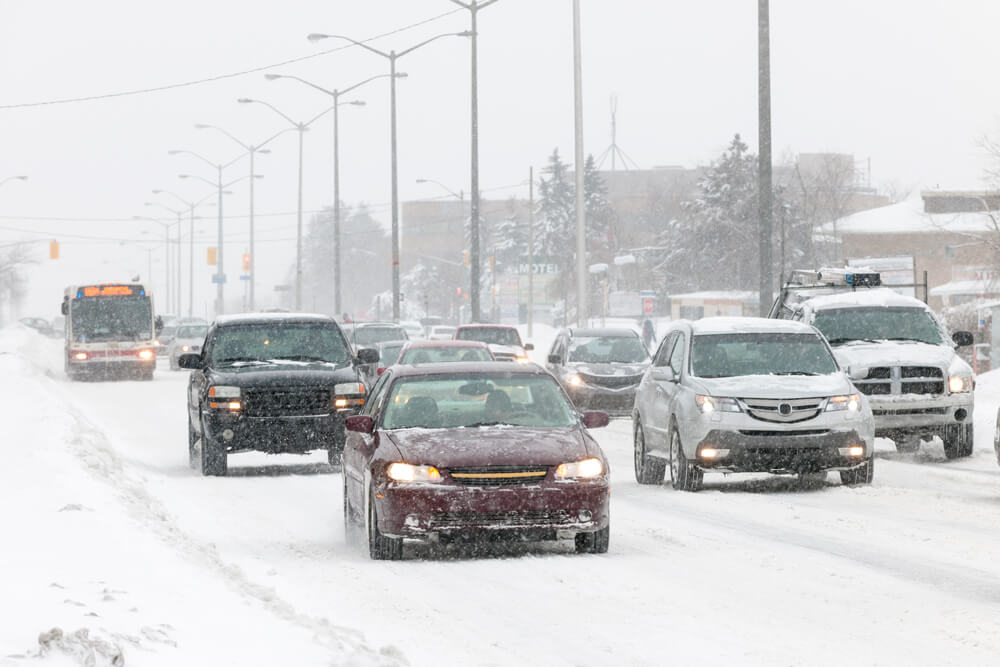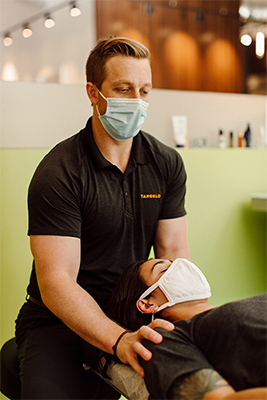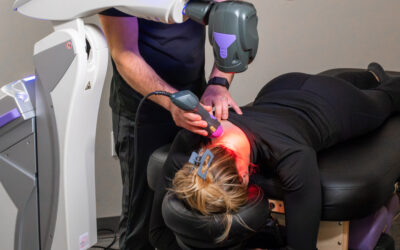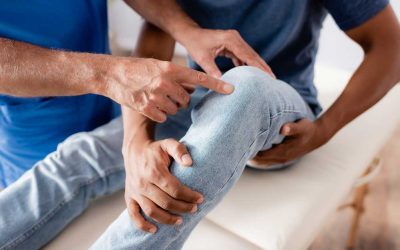 As temperatures start to drop in Seattle, icy road conditions become a big concern for our Pacific Northwest drivers. In this blog post, we’ll discuss simple tips to keep you safer on the road and what to do if you have an injury from a car accident.
As temperatures start to drop in Seattle, icy road conditions become a big concern for our Pacific Northwest drivers. In this blog post, we’ll discuss simple tips to keep you safer on the road and what to do if you have an injury from a car accident.
According to research by the AAA Foundation for Traffic Safety, winter storms, freezing rain, and sloppy road conditions are a factor in nearly half a million crashes every winter.
In Seattle, hills in the city and driving to the mountains put us more at risk.
Here are five simple ways to make sure you are prepared for the road.
1. Prepare your vehicle
Make certain your tires are properly inflated and have plenty of tread. Many drivers forget to check their tire pressure during the winter months. This can play a very important role in safe winter driving. The cold temperatures of winter change the pressure in your tires, causing them to be low. When inflating your tires, make sure to check the recommended pressure for your vehicle. This should be listed in the vehicle’s manual or inside the driver’s door. For extra credit, Keep a bundle of cold-weather gear in your car, such as extra food and water, warm clothing, a flashlight, a glass scraper, blankets, medications, and more.
2. Drive, Accelerate and decelerate slowly
Apply the gas slowly to regain traction and avoid skids. Don’t try to get moving in a hurry, and take time to slow down for a stoplight. Remember: It takes longer to slow down on icy roads.
3. Increase your following distance to five to six seconds
This increased margin of safety will provide the longer distance needed if you have to stop.
4. Don’t power up hills, and Don’t stop going up a hill
Applying extra gas on ice-covered roads will just make your wheels spin. Try to get a little inertia going before you reach the hill and let that inertia carry you to the top. As you reach the crest of the hill, reduce your speed and proceed downhill slowly. Be extra cautious around bridges and exit ramps.
5. Stay Connected
Before hitting the road, notify others and let them know your route, destination, and estimated time of arrival.
Auto injuries can happen even when you’re careful.
Even when you take all the necessary precautions, accidents do inevitably happen. Rear-ending another driver, sliding off the road, losing control and hitting a street sign, or getting into accidents at intersections are just a few of the types of accidents that can occur during the winter driving season.
Many of these accidents can cause major or minor damage to your car and often include injury to any passengers involved.
At Tangelo, it is common to see an increase in motor vehicle-related injuries in the winter and rainy months. If you or someone you know has been in a winter driving accident, pay close attention to any pain in the neck or back.
Whiplash is a very common injury during the winter and should be treated immediately. Keep in mind that the symptoms of whiplash may not appear immediately but may show up later that day or week.
Signs and symptoms of whiplash may include:
• Neck pain and stiffness
• Worsening of pain with neck movement
• Loss of range of motion in the neck
• Headaches, most often starting at the base of the skull
• Tenderness or pain in the shoulder, upper back, or arms
• Tingling or numbness in the arms
• Fatigue
• Dizziness
Protection Checklist!
10 things you MUST DO after any accident (especially whiplash)
Note: Print this out and include it with your registration
- Safety First: After a car accident, prioritize safety. If possible, move your vehicle to a safe location to avoid further collisions.
- Check for Injuries: Assess yourself and passengers for injuries.
- Call for Help: Contact emergency services to report the accident and request medical assistance. Even if injuries seem minor, it’s crucial to have a professional evaluation.
- Gather Information: Exchange information with the other driver(s), including names, contact details, and insurance information. Document the accident scene with photos if you can do so safely.
- Seek Medical Attention: Visit a healthcare provider, even if you feel fine initially.
- Follow Medical Advice: Adhere to your doctor’s recommendations for treatment, which may include rest, chiropractic care, physical therapy, or pain management.
- Notify Your Insurance: Inform your insurance company about the accident promptly. Provide accurate details and follow their instructions for filing a claim.
- Document Everything: Keep records of medical bills, prescriptions, and any other expenses related to the accident, as these may be necessary for your claim.
- Consult an Attorney: If you encounter difficulties with insurance claims or believe you deserve compensation, consult a personal injury attorney to protect your rights.
- Focus on Recovery: Prioritize your physical and emotional well-being during your healing process.
 Winter Whiplash
Winter Whiplash
We wrote a more detailed blog on whiplash, but in summary, we know early treatment and evaluation are key to getting you out of pain quickly and reducing the chance of long-term symptoms.
At Tangelo, our sports chiropractors specialize in evaluating and treating the neck and back with evidence-based techniques that you can trust.
The combination of passive techniques (chiropractic care, soft tissue mobilization, Active Release, Graston) and active care (corrective exercises, strength training, and rehabilitation) are proven to reduce pain quickly and effectively without the need for unnecessary and costly medical procedures.
At Tangelo, you will have a Doctor and Rehab Specialist develop a recommendation specific to you and your goals.
To learn more about how chiropractic techniques can help heal your neck and back pain or to schedule an appointment, contact Tangelo today!


